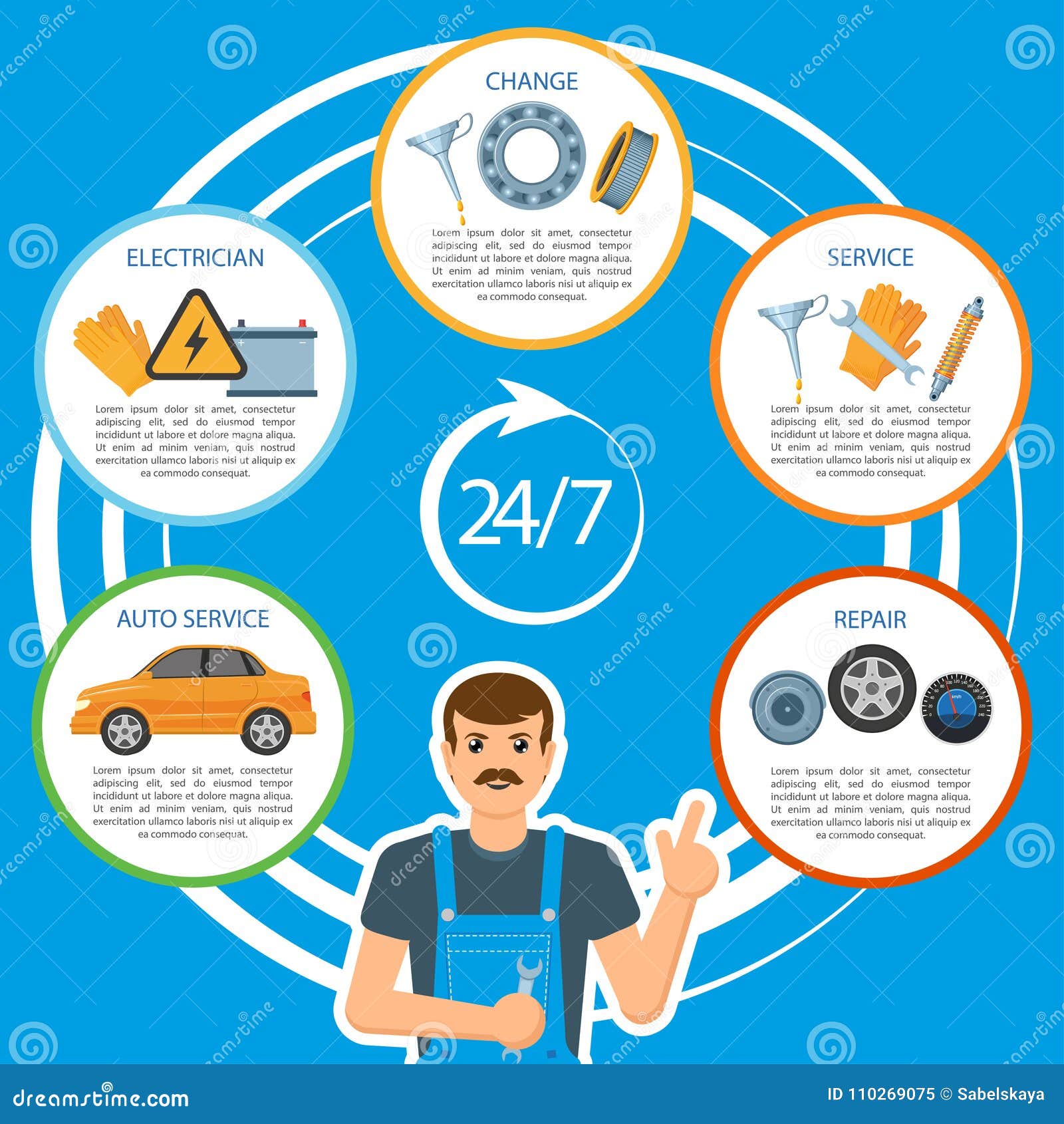Open Up The Hood To Recognize Usual Brake System Obstacles And Their Remedies
Open Up The Hood To Recognize Usual Brake System Obstacles And Their Remedies
Blog Article
Web Content By-Prater Murray
When it comes to your car's brake system, understanding usual concerns can conserve you from possible security hazards. From determining brake pad wear to addressing brake fluid leakages, recognizing how to take on these troubles is important. However what regarding those squishy brake pedals? There's a solution for that too. Stay tuned to find out car ac repair shop regarding these issues and the functional remedies that can maintain you securely when driving.
Brake Pad Use and Replacement
When it pertains to maintaining your vehicle's brake system, one crucial element to keep an eye on is the wear and replacement of brake pads. Brake pads are important components that push versus the brake blades to decrease or quit your vehicle. Over time, these pads wear down as a result of rubbing, needing regular examination and substitute to guarantee your brakes function efficiently.
To figure out if your brake pads need substitute, pay attention for shrieking or grinding noises when you use the brakes. Additionally, if your car takes longer to quit or you notice vibrations or pulsations when stopping, it might be time to change the brake pads.
Neglecting worn brake pads can bring about lowered braking performance, damages to other brake parts, or perhaps brake failing.
Replacing brake pads is a reasonably uncomplicated procedure for several cars. Nonetheless, if you're not sure or uncomfortable doing this task, it's ideal to speak with an expert auto mechanic to make sure appropriate installment and ideal brake efficiency.
Consistently inspecting and changing brake pads is essential for your security and the long life of your lorry's braking system.
Brake Liquid Leaks and Upkeep
To ensure your car's brake system operates ideally, it is essential to additionally take note of brake liquid leakages and maintenance. https://laneysmga.izrablog.com/30814509/take-part-in-the-globe-of-auto-repair-service-innovation-to-unveil-the-disruptive-innovations-that-are-transforming-the-field is critical for sending the force from your foot on the brake pedal to the actual braking mechanism. One typical problem with brake fluid is leakages, which can take place due to scrubby brake lines, seals, or links. If mouse click the up coming document observe a pool or leaks under your cars and truck, it's important to attend to the leakage quickly to stop a potential brake failure.
On a regular basis inspecting your brake fluid level is key to maintaining your brake system. Reduced brake fluid can cause air getting in the brake lines, which compromises braking performance.
In addition, old or contaminated brake liquid can impact the total efficiency of your brakes. It's advised to follow the producer's guidelines on when to change the brake liquid, generally every 2 years.
Spongy Brake Pedal: Bleeding Brakes
If you've ever experienced a mushy brake pedal while driving, you understand the value of maintaining a firm and receptive braking system. One typical source of a mushy brake pedal is air caught in the brake lines. When air goes into the brake system, it can lead to a loss of hydraulic stress, leading to that unsettling spongy feeling when you push the brake pedal.
To fix this problem, bleeding the brakes is needed. Bleeding https://paxtonnicyr.bloggerchest.com/30256581/ensure-your-safety-when-traveling-and-save-money-by-addressing-the-commonly-overlooked-cars-and-truck-maintenance-job includes eliminating the air from the brake lines to bring back appropriate hydraulic stress.
To bleed the brakes, you'll require an assistant to aid you. Begin by finding the brake bleeder valve on each wheel, commonly located near the brake caliper. With a wrench, loosen up the shutoff and have your assistant press the brake pedal while you observe any kind of air bubbles coming out. Repeat this process for each wheel, beginning with the wheel farthest from the master cyndrical tube and relocating more detailed.
Once you no more see air bubbles and only clear liquid emerges, tighten the valve and top up the brake fluid tank as needed. Hemorrhaging the brakes helps make sure a firm brake pedal and enhances total stopping performance.
Conclusion
Since you comprehend common brake concerns and how to fix them, you can ensure your automobile's safety and efficiency. Bear in mind to listen for warning signs like screeching sounds or spongy brake pedals, and address them quickly. Normal upkeep and prompt substitutes are key to maintaining your brakes in leading problem. Keep aggressive and alert to your brake system to appreciate secure and trusted driving experiences.
